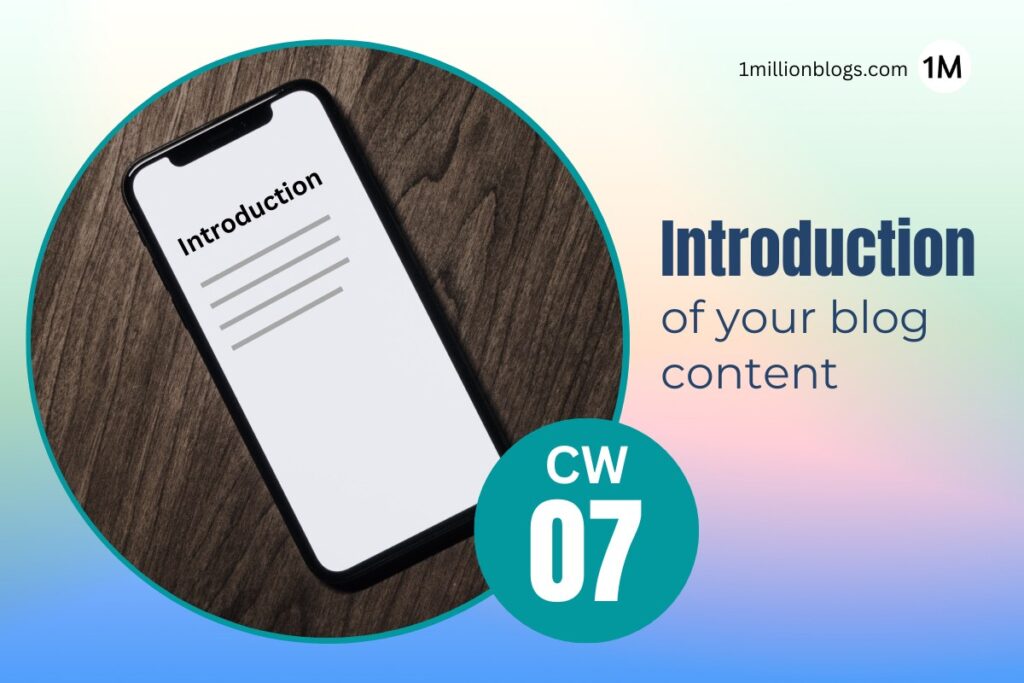43% of people admit skimming blog posts and not actually reading them. As a result, the time spent on the blog falls indicating bad content. A well-researched note-making on the topic before writing the content plays the magic wand role.
Proofreading and editing is a necessity even after the final write-up too. However, a research-draft is the idea you have before you create an art. Well, how do you create a research-draft? Why should you create a research-draft?
Let’s learn all about it!
Findings: Information, stats, example, etc.
Just like you need to have a glance at the reference to draw, how can you write without a set of information?
Exactly! When you are researching, you just collect random pieces of information related to your topic. These random pieces could be your ideas, examples, facts, statistics, statements, and much more.
For example, if you want to write on WordPress themes, you have to research and find names first. After that, you will have to look for the pricing, popularity, type, active installation, etc., for each theme before you start writing your blog.
Note that researching has a proper process because you want to filter out the fluff. Let’s figure it out.
The 4-step approach
Researching for a blog is a process of four steps and because it’s an extensive process, it takes time. Remember, your research-draft doesn’t have to be in a proper shape; the outline is up for it. Let’s look at the process.
1. Brainstorming for unknown
Think of what extra you can add before you jump onto Google to find an article of your topic. Unique content does not mean plagiarism free. It means what’s already not on the internet.
Rewriting something completely in your own words is called paraphrasing. However, taking a small amount of static info isn’t.
So, do you have to go on to analyze new statistics? No. You could add a new example, any insight from your experience, a new approach, or something relevant you know to that topic.
Think of the top ranking pages on Google. They have a unique approach to all. Great content defines uniqueness.
2. Reading for known
Even though you have your ideas in place, gaps must be there. You have to fill them WITH Google. You can take statistics, or some subheadings, or a sub topic that might be missing.
In addition, don’t read blogs only on your topic. While brainstorming, if you have come across a new approach, go on reading about it too and connecting it to your topic, for a new approach of explanation.
3. Accumulate
You must have gathered a cluster of information by now. Accumulate all of it in a Google doc, or paper. It depends on your convenience.
Remember to keep both, your ideas and the ones on Google, together.
4. Eliminate
The last step asks you to eliminate the irrelevant or extra ideas, statistics, or examples that you feel do not fit in with the topic very well.
Once you are done, create the final research-draft. This way, you stay organized into creating the outline and writing the blog.
Conclusion
Researching is the first step to writing a blog. The second follows when you arrange your blocks to build your house.
In the next blog, we’ll give you a brief yet expanded note on blog outline.






